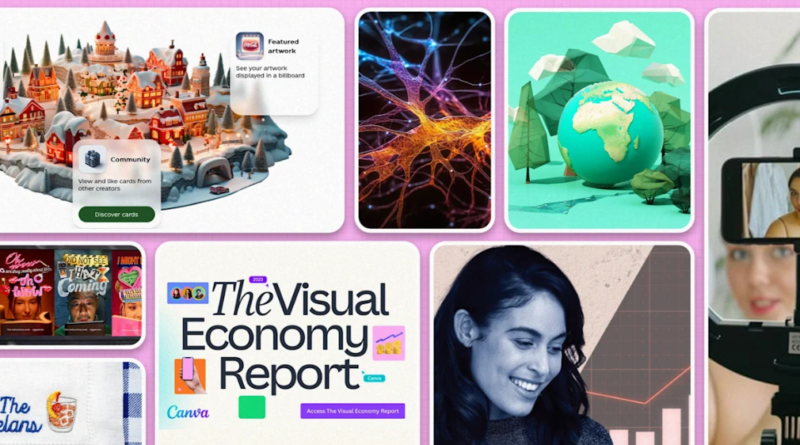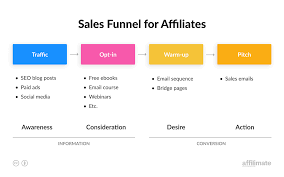What will digital marketing will be like in 2022
We are currently in the midst of a digital marketing revolution. Digital marketers are always looking for new ways to engage with customers and make their brands more visible on the web.
While some things have stayed the same, there have also been many changes in the world of digital marketing over the past few years. The good news? You don’t need to be an expert in order to keep up with these changes – just check out this article! We’ll be tackling the question – what will digital marketing be like in 2022?
1. Short and DIY videos
It’s no secret that YouTube has changed the face of digital marketing. With its rise in popularity, it’s now the second-largest search engine in the world (after Google), and with over 1 billion unique visitors every month, this is one platform you can’t afford to ignore if you’re looking at reaching mass audiences.
Short and DIY videos have become increasingly popular over time – not only because they’re easy to create but also because they’re easy to share and consume. They fit nicely into our busy schedules both online as well as offline.
Short-form content also ticks all the boxes when it comes to digesting information quickly. It doesn’t require much reading or listening time before viewers jump straight into watching their favorite vlogger do what they do best – vlogging!
2. Tell a real story
In 2022, marketers will need to tell a real story. A relatable story. An authentic, relatable, and real story. Think about the last time you bought something online—the experience was probably not as seamless as it could’ve been. You had to jump through hoops to get your money back or track down something that wasn’t delivered right away.
And because nobody wants to deal with that hassle, they’ll go elsewhere—and their friends may follow them there too! But if you start telling stories about how your company makes life better for people (and then actually do it), whether through an Instagram post showing off new products or a Facebook video of customers thanking you for helping them make ends meet, you’ll position yourself as the brand people want to interact with more than any other business around town.
3. Focus on your audience
To keep your audience happy, you need to know all of their wants and desires. You must be able to communicate with them in a way that they’re comfortable with. At the same time, you must also make sure they understand what exactly your brand stands for, who it’s geared towards, and why it’s important for them to buy from you.
For example:
- Write content in a language that’s easy for everyone else to understand. Don’t use jargon or slang unless it’s absolutely necessary.
- Be specific about what type of customers you want representing your brand (older people or younger people?) and tailor content specifically towards them. Don’t just write one piece of copy that works on both ends of the spectrum because this will end up alienating one side or another!
4. Personalization
Customer retention is key to a successful content marketing strategy. Personalization is one of the most effective ways to retain customers, as it provides them with a tailored experience based on their needs. While personalization strategies can be implemented through content, customer service, and product recommendations, they are often done through artificial intelligence (AI).
- AI allows you to create personalized content for your audience based on their preferences and interests. This will allow you to target specific users with more relevant messages that speak directly to them — resulting in higher engagement rates and conversions.
- Customer feedback can also help you tailor your messages for each individual user. For example: if someone mentions that they’re looking for new glasses frames on Instagram but don’t have time today, then an automated response could suggest getting glasses frames delivered straight from home so they don’t have any excuses!
5. Content segmentation
In 2022, content segmentation will be key. The idea of personalization is nothing new—it’s been around for years. But content segmentation takes personalization to a whole other level. This concept means that instead of one piece of content (a blog post, video, or email campaign) targeting everyone at once, it targets different segments with specific messages based on what those segments want and need.
This can be as simple as breaking down your audience into groups like “students,” “parents” and “seniors,” but it could also mean dividing up your audience by age range or even geographic location (e.g., people who live in New York versus people who live in California). With this approach, you’re able to create more relevant messages for each group and boost engagement rates across the board!
6. Conversational marketing and quality interactions
The importance of building a relationship with your audience, and focusing on customers, will become even more important. Chatbots that help with customer service are already being used by many businesses, but the way they’re used is going to change.
They will become smarter when it comes to understanding customers’ needs and personalizing their experience based on what they are saying (or not saying). AI will be able to create content that engages people in new ways and is flexible enough to be applied across multiple platforms.
7. NFTs and crypto in social media eCommerce
NFTs are a new form of digital asset, and they’re rapidly gaining popularity. They can be used to create a digital collectible or to create a cryptocurrency that is attached to an item in your game. As NFTs have become more popular, many companies have adopted them as part of their marketing strategies. Here are a few ways that you can use them:
- To build up hype around your game
- To get people interested in buying virtual goods
- To encourage players who already have your game to continue playing it
8. Marketing Automation
You can automate your marketing using AI, which is short for artificial intelligence. Some people think of AI as something like science-fiction and futuristic, but the truth is that it’s already here in many ways.
Automation is important because it helps you save time and money by doing things automatically instead of having to do them manually yourself. For instance, if you have an automation tool like HubSpot or Marketo, it will automatically send out your latest blog posts to social media at the best times so they reach more people who are most likely to be interested in them.
9. Authentic long-form content
People are more likely to share long-form content and read it all the way through. In fact, according to Hubspot, people are over 50% more likely to read and engage with longer articles than shorter ones. Longer articles also appear on the first page of Google search results more often than shorter ones (although there is no hard and fast rule).
So, if your audience wants information about something specific, they will be more likely to find it in a longer article than in a short one. In addition to being more readable by people who have time (or patience) for stories told at length—and thus more likely to be shared—longer articles also help you stand out from the noise that’s out there today on social media.
Conclusion
Digital marketing is an ever-changing industry, and it’s likely to continue to be that way. While some trends may come and go over time, others will stay strong and frequent throughout the years ahead. We should expect to see more of these developments mentioned above in 2022.




